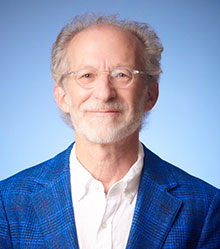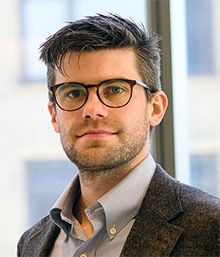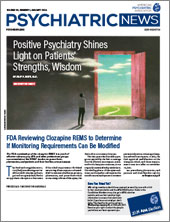Telemedicine increases access and convenience for patients, but new research has uncovered an unintended consequence: more after-hours documentation work for doctors on the electronic health record (EHR).
Coinciding with the COVID-19 pandemic, telemedicine use increased from 3% in 2019 to 49% in 2021. Simultaneously, total physician time on the EHR rose to nearly 11 hours for every eight hours of patient care—an almost three-hour increase, Holmgren and colleagues reported in JAMA Internal Medicine. They compared two years of EHR data from 1,000 physicians providing outpatient care at UCSF Health.
What’s more, more than four hours of that time was spent outside of patient scheduled hours. Prior studies have shown that after-hours EHR work contributes to physician burnout, the authors wrote. Other findings are as follows:
•
Time spent on clinical documentation on the EHR rose to more than eight hours for every eight hours of patient care, a nearly two-hour increase.
•
The number of weekly portal messages physicians received from patients nearly doubled, from 17 to 30, and similarly, messages from doctors to patients rose from 14 to 30.
“Physicians went into this field with a mental model of what being a doctor is like, and it wasn’t writing a bunch of paperwork and typing at a computer all day,” A. Jay Holmgren, Ph.D., M.H.I., an assistant professor of medicine in the Division of Clinical Informatics and Digital Transformation at the University of California, San Francisco, told Psychiatric News. “It was about face time with patients. So I think that’s a big factor in the precarity of our clinical workforce today.”
For the average psychiatrist, who spends 26 hours on patient care a week, that translates to 35 hours of total EHR time a week, which is 10 hours over prepandemic levels. What’s more, about 17 of those hours take place after hours.
Other studies also found similar results: The Journal of Medical Internet Research reported last July that physicians, including psychiatrists, who delivered more care via telemedicine engaged in higher levels of EHR-based after-hours work compared with those who used telemedicine less intensively, Lawrence and colleagues found.
“Clearly telemedicine is a huge boon for psychiatry and is incredibly important for promoting increased access to health care, including for minoritized patients,” said Richard F. Summers, M.D., a clinical professor of psychiatry at the Perelman School of Medicine at the University of Pennsylvania and APA treasurer. He is also an expert in burnout and physician wellness. At the same time, telemedicine drives improvements in quality of care and reduces costs, he added. “What is overlooked in this equation is the importance of promoting physician well-being. Telemedicine has the unintended consequence of being much more burdensome for physicians and other health care providers.”
In fact, psychiatrists are the highest utilizers of telemedicine, using videoconferencing for well over one-third of their weekly visits, according to a report in 2020 by AMA. In fact, the vast majority of psychiatry practices (86%) offer videoconferencing, the report found.
So what is driving this big increase in after-hours EHR work for doctors? Holmgren said that for telemedicine, health systems haven’t built in the same team-based care and workflow supports for doctors that exist with in-person care. Instead of having front-desk staff, nurses, and assistants to help with scheduling, billing, and patient questionnaires, “we’ve gone back to the traditional one-person shop with the doctor doing everything.”
Holmgren’s research also shows that there are fewer patient no-shows with telemedicine, so even though doctors’ schedules may be the same, they are delivering more care. All of these factors add up to less down time during the day for physicians to spend on EHR documentation, patient callbacks, and other administrative tasks.
Summers said there are other challenges with telemedicine that lead to more after-hours EHR work. For starters, technological hiccups cut into focused session time, and patients may require more coaxing to share what’s worrying them. Participants may be less engaged and less able to perceive the nuances of facial expression and body language over video feed compared with in-person care, Summers added. Finally after-hours documentation takes longer likely because the precise details of each session are harder to recall, he added.
“We’ve been working with EHR systems for 15 years, and clearly they’re very inefficient. They’re not designed to minimize physician time; they’re designed to provide a complete data set that allows for billing, compliance, and so on,” Summers said. In the short term, health systems must acknowledge and budget for this additional EHR burden posed by telehealth by allotting more time and reimbursement for physicians, he added.
Over the next few years, artificial intelligence (AI) holds promise for a solution. “There are already AI tools being marketed that can listen to an entire session and generate notes that the physician can review for accuracy and even a differential diagnosis. So I think that pretty quickly, the way we’ve thought about the medical record is going to change, and this will relieve physicians from some of this burden.”
Holmgren’s study was funded by the AMA. ■


